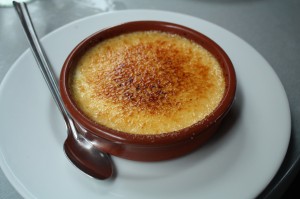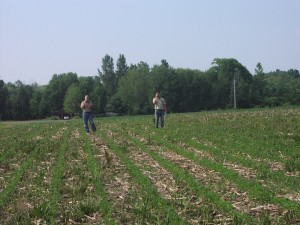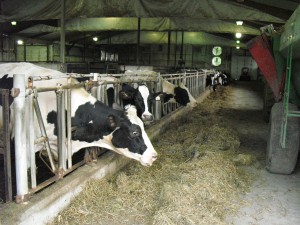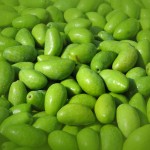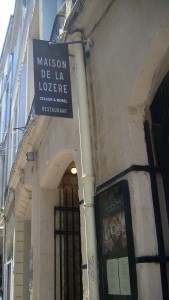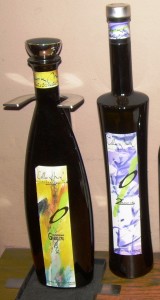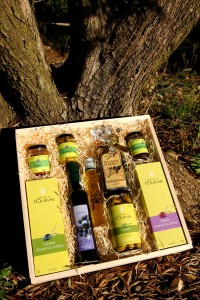This summer I am working on mostly just two projects that try to lend greater understanding behind the main concepts of organic weed management. The two projects are quite different, however, in their concepts under scrutiny. They also differ in the work required to carry out the research.
So the first project is one that has been running for ten years now. It examines organic management styles for economic profitability. The four “systems” are carried out for both vegetable and field crop production. Interesting, the main techniques that depicts the style of management are used on both the vegetable and field crop plots. What differentiates the management techniques are crop rotations, cover crops, fertilizer applications, and tillage/cultivations practices. Going on ten years now, it is quite fascinating to see the dramatic differences between the plots. There are a number of data collections that we make throughout the summer to monitor the progress of each of the plots. This project mainly overseen by head lab/field technician Brian Caldwell and senior researcher Chuck Mohler.
The second project to be worked on is headed by Cornell graduate student Neith Little of the CSS Dept. and advised by Chuck Mohler. We are helping her examine weed competition at varying levels of fertilizer. The application of this research has proven to be quite tedious and hard work. With 5 species under experimentation, with around 20 variations of nutrient applications, and 4 replications; it turns out to be around 330 different scenarios that we have to build and manage every step of this project seems to be a major undertaking.
I will further describe the projects and what I have gained from my work in research in later posts.







